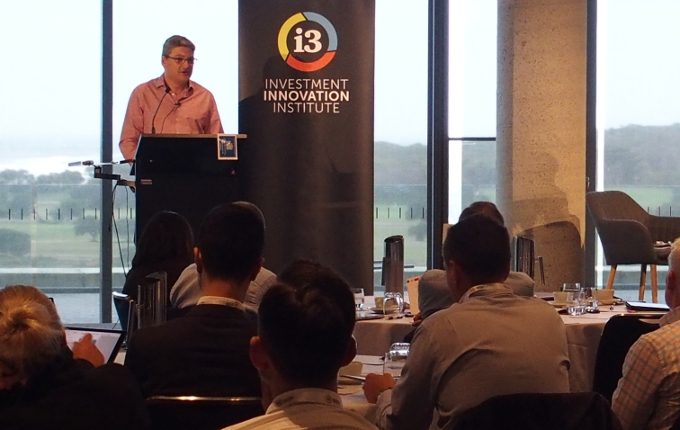The Future Fund has replaced two-thirds of its hedge fund managers, or $14 billion worth of assets, in a four-year overhaul of its hedge fund portfolio, in an effort to reduce beta exposure.
Register to Access this Exclusive [i3] Insights Article
Create a free account to access exclusive interviews with asset owners, revealing insights on investment strategies, market trends, and portfolio allocations.
If you already have an account you can Login .
If you have any issues registering an account please send us an email at [email protected].

